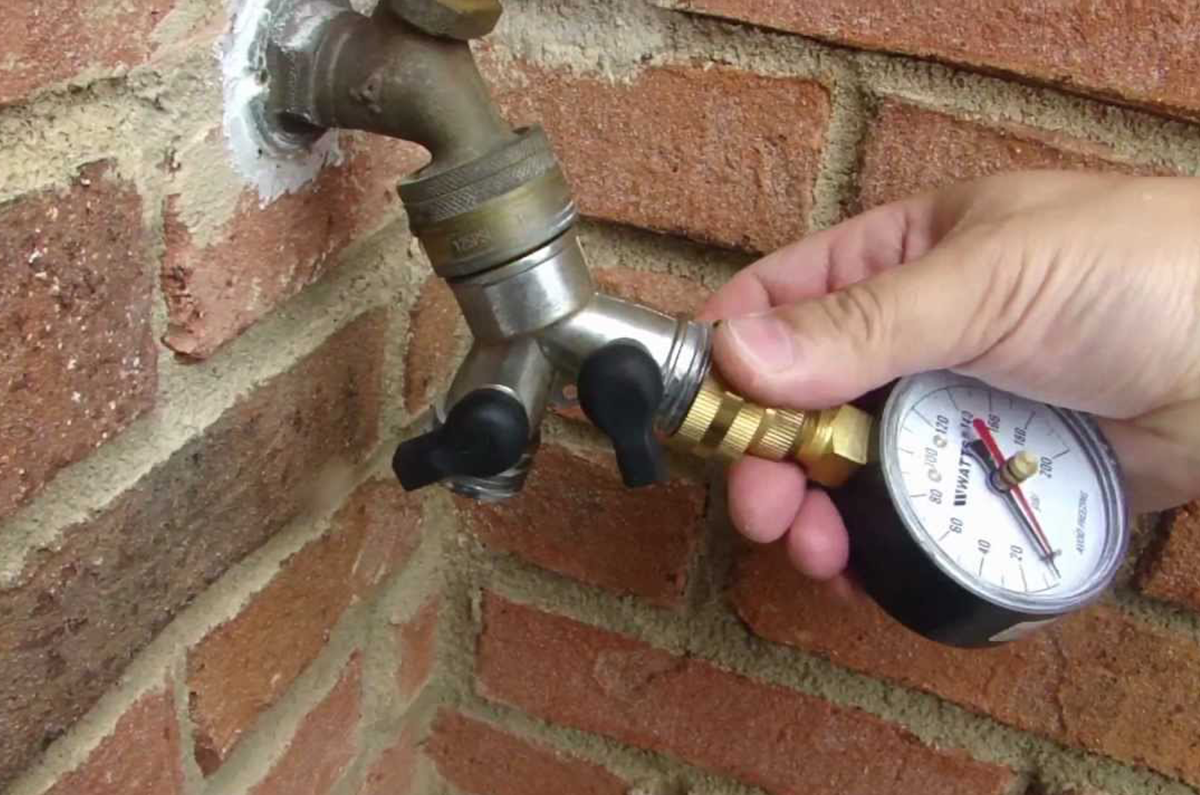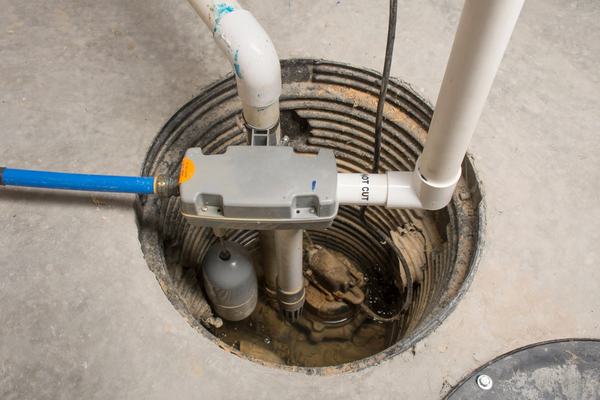What're your ideas with regards to Low Water Pressure in the House??

Low water stress in your house can be a frustrating problem, affecting every little thing from bathing to washing dishes. If you're experiencing weak water circulation, there are numerous feasible reasons and remedies to explore. In this overview, we'll review usual factors for low water stress and sensible steps to address the issue properly.
Introduction to Low Tide Stress
Low tide stress happens when the flow of water from your taps, showers, and various other components is weak than typical. This can make day-to-day jobs much more challenging and less efficient. Understanding the sources of low tide pressure is critical to finding the ideal service.
Typical Reasons For Low Water Stress
Faulty Stress Regulatory Authorities
Stress regulatory authorities are in charge of keeping constant water pressure in your house. If they malfunction, it can cause low water stress or unequal flow throughout your home.
Community Water Issues
In some cases, the trouble exists outside your home. Metropolitan supply of water problems, such as main line leakages or maintenance work, can temporarily decrease water pressure in your location.
Pipe Obstructions
Gradually, pipelines can end up being blocked with mineral deposits, sediment, or particles, limiting the flow of water. This is a common concern in older homes with galvanized steel pipelines.
Corrosion
Rust within pipelines can result in leaks and lowered water stress. Rust buildup can restrict water flow, especially in aging plumbing systems.
How to Identify Low Tide Pressure
Checking Pipelines
Check noticeable pipelines for indicators of leaks, deterioration, or clogs. Pay attention to any type of uncommon sounds, such as banging or rattling pipelines, which might indicate issues within the plumbing system.
Consulting with a Plumber
If you're unable to determine the source of low water stress, think about employing a professional plumber to carry out a complete inspection. They can determine underlying problems and advise appropriate options.
Examining Faucets and Components
Begin by evaluating the water stress at different taps and components throughout your home. If the concern is isolated to details locations, it may show local issues.
DIY Solutions to Fix Low Tide Pressure
Flushing Hot Water Heater
Sediment build-up in the hot water heater can limit circulation and reduce effectiveness. Purging the storage tank regularly assists remove sediment and preserve ideal efficiency.
Examining Pressure Regulatory Authority
Make sure that the stress regulatory authority is operating appropriately. Readjusting or changing the regulatory authority can assist bring back correct water stress throughout your home.
Cleansing Aerators and Showerheads
Natural resources can build up in aerators and showerheads, minimizing water flow. Remove and clean up these parts regularly to boost water pressure.
Clearing Up Clogs in Piping
For minor obstructions, attempt using a plumbing snake or chemical drainpipe cleaner to clear blockages in pipes. Beware when utilizing chemicals and adhere to security guidelines.
When to Call an Expert Plumber
If DIY initiatives stop working to resolve the concern or if you presume considerable plumbing troubles, it's best to seek assistance from a certified plumber. They have the proficiency and tools to address complex issues safely and properly.
Safety Nets to Preserve Water Stress
Mounting a Stress Booster
Consider mounting a stress booster pump to enhance water stress in areas with regularly reduced flow. This can be specifically useful for multi-story homes or residential properties with high-demand components.
Surveillance Water Usage
Bear in mind water use habits and prevent overtaxing the plumbing system. Straightforward modifications, such as shocking showers and laundry tons, can aid keep sufficient water pressure.
Routine Upkeep
Set up regular maintenance for your plumbing system to prevent concerns such as corrosion, leaks, and blockages. Resolving small troubles early can help prevent more substantial repair services in the future.
Conclusion
Handling low tide pressure can be frustrating, however recognizing the underlying causes and applying proper solutions can recover optimum circulation throughout your home. Whether it's cleansing aerators, evaluating pipelines, or speaking with a plumber, taking proactive steps can ensure a steady supply of water for your day-to-day needs.
FOUR WAYS TO FIX LOW WATER PRESSURE NOW
Turning on a shower or faucet only to find the water comes out in a sad, slow drizzle is never a good feeling. How exactly are you supposed to wash a pan or take a quick shower when it takes 10 minutes just to rinse off a little soap? The good news is that when your water pressure is bad, there's always a cause: typically one that can be easily fixed. Here are some of the most common causes of low pressure and what you can do to fix the issue:
DEBRIS AND MINERAL DEPOSIT BUILDUPS
If you notice low water pressure from just one or two of the fixtures in your house, the problem likely has to do with debris buildup. Water is full of minerals and other debris, all of which can accumulate in your pipes and on your fixtures. This can cause a blockage that affects how much water flows through. To fix this, try filling a small plastic bag with white vinegar, and use a rubber band to hang it around your showerhead or faucet. Let the head of the fixture soak for a few hours, and the vinegar should loosen the deposits.
WATER LEAKS
Leaks are another common cause of low water pressure. If water is flowing out of your plumbing through a hole or crack before it can reach your fixture, the pressure coming out of the faucet or showerhead will be lower. A plumbing professional is your best bet for finding and repairing a leak in your water supply pipes.
Leaks are another common cause of low water pressure. If water is flowing out of your plumbing through a hole or crack before it can reach your fixture, the pressure coming out of the faucet or showerhead will be lower. A plumbing professional is your best bet for finding and repairing a leak in your water supply pipes.
A VALVE ISSUE
If you have low water pressure throughout your home, check your main shut-off valve to make sure it's completely open. You may also want to see if there's a pressure-reducing valve installed. If there is, have a plumber help you adjust the settings to get the pressure you're looking for.
OTHERS USING WATER
Believe it or not, your low water pressure could be caused by your neighbors. If you notice low pressure at certain times of day, it may be because you and the people living next to you have similar schedules - when everyone is showering at the same time, the pressure will be lower in every home. Low pressure throughout the neighborhood may also be caused by an issue with your municipal water supply. If that's the case, call the supplier to see if they're working on the issue.
https://www.rotorooter.com/blog/water-leaking/low-water-pressure-fixes/

I found that blog entry on when doing a search on the web. You should take the time to distribute this blog post if you appreciated it. I truly appreciate your readership.
Call Today
Comments on “Useful Remedies for Managing Low Water Pressure in Your Home”